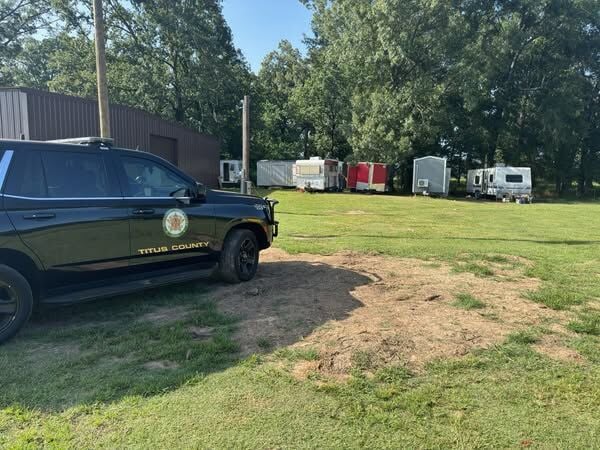Summer heat can lead to fish die-off in farm ponds
Published 6:20 am Monday, August 17, 2015
Summer heat can be hard on farm pond management. Fish die-off may be seen in some farm ponds during extreme summer heat. How do I determine the cause of the fish die-off?
Small ponds intensely managed for catfish can be susceptible to fish die-off problems.
Other scenarios that contribute to fish die-off in farm ponds include large quantities of aquatic vegetation, ponds that are heavily or frequently fed with commercial fish diets, ponds stocked heavily or excessively exceeding the carrying capacity of the pond and ponds that experience phytoplankton die-offs caused by a multitude of reasons.
First, determine when you first noticed fish dying and for how long.
The rate of fish mortality helps provide clues as to the cause. Oxygen depletions are typically acute mortality events. Chronic mortality spanning several days or even weeks may indicate disease or parasite issues.
Next determine how many fish and the size of the fish dying.
A few dead fish does not equate to a fish kill. Fish kills result when a major chemical or environmental event has occurred in the pond resulting in mass mortalities, 10 percent or more of the entire fish population, of a single or multiple fish species.
How many different species of fish are dying? If more than one species of fish are dying you could be facing a water quality issue. If only one species of fish are dying, is may be a disease or parasite problem but not always. It may be necessary to gather more information to determine what the cause is.
How big is the pond? Many times people over estimate the size of their farm ponds. Maps and calculations can help determine actual size of the pond. We have fact sheets with calculations and steps to determine how large a pond is using the shape of the pond and other measurements.
How many pounds of fish are present? Once you know the surface acreage of the pond, try to determine the pounds of fish present. Recommendations are to stock ponds to not exceed 1,000 pounds of fish per surface acre. That equates to 100 pounds of fish in a tenth of an acre pond! When exceeding 1,000 pounds per surface acre, oxygen depletions can result. This accounts for 85 percent of all fish die-offs in Texas farm ponds.
Warm water cannot hold as much oxygen as cool water. Fish need more oxygen in summer months as their metabolism increases as water temperature increases. A farm pond that can easily carry 2,000 to 3,000 pounds of fish per surface acre during winter months will not stand a chance once the extreme hot summer months arrive. Oxygen is usually lowest right at daylight so that’s a good time to check to see if fish are piping (gulping air and water at the surface) or swimming at or near the surface.
Other common water quality problems include golden algae, ammonia, nitrites, disease/parasites including protozoans, bacteria and viruses. Herbicide application treatments in hot weather that kill too much vegetation in a short period of time may result in oxygen issues. While the herbicide used at the correct rate may be safe for the farm pond, as plant tissues die and breakdown in the water in too large a concentration, oxygen depletions may result.
So how do I correct a low oxygen situation? Reduce the fish load to well below 1,000 pounds of fish per surface acre. Emergency aerate by backing a boat on a trailer into the pond and running the motor in a fixed position to circulate the water and increase oxygen. Add fresh well water but aerate it well before it enters the pond. Circulate water with a pump but set the intake near the pond surface spraying the outflow over the water surface. Avoid pumping water off the pond bottom as this may compound the situation. Add aeration or destratification systems to the pond before the oxygen depletion occurs.
Information in this article comes from a Texas A&M AgriLife Extension Service publication titled “My Fish are Dying” by Dr. Billy Higginbotham, Professor and Extension Wildlife and Fisheries Specialist, and Dr. Todd Sink, Assistant Professor and Extension Fisheries Specialist.
Educational programs of the Texas A&M AgriLife Extension Service are open to all people without regard to race, color, religion, sex, national origin, age, disability, genetic information or veteran status. The Texas A&M University System, U.S. Department of Agriculture, and the County Commissioners Courts of Texas Cooperating.






